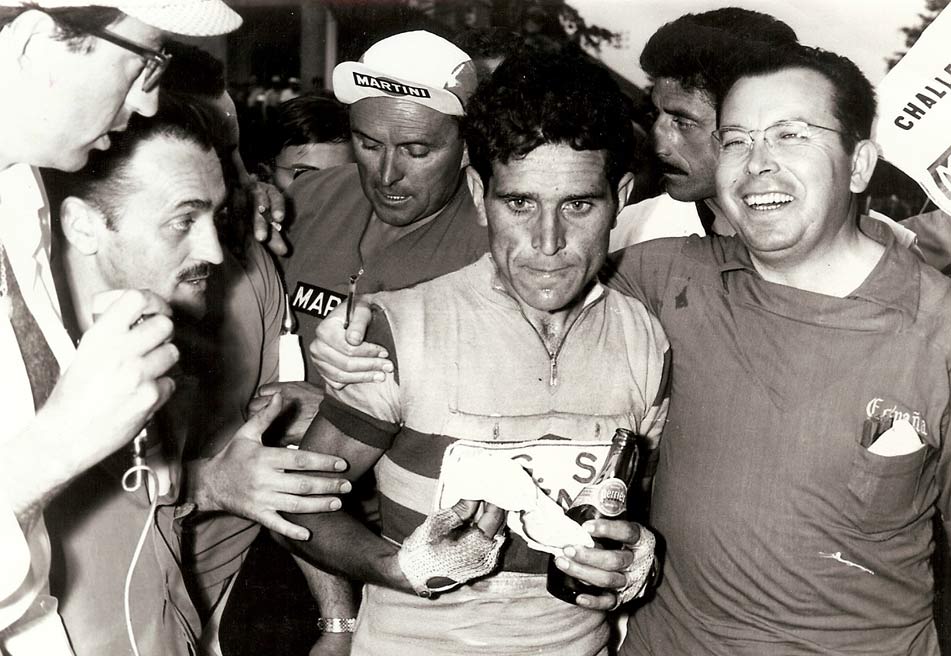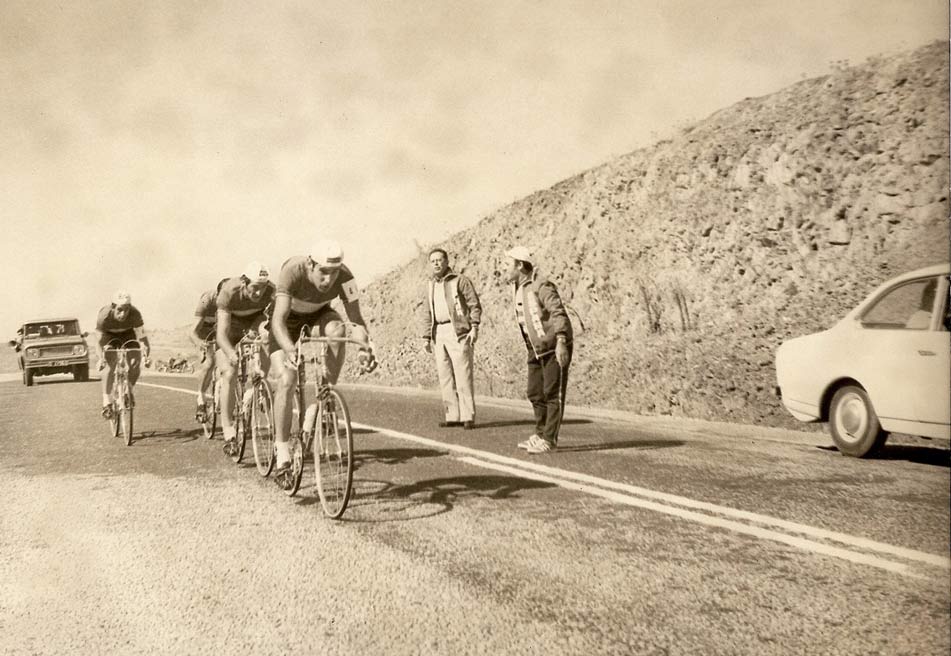Story of a President
Luis Puig left his lecturer post at the University of Valencia, delegated his functions in other Valencian federations to trustworthy people and surrendered completely to the sport pedal. His teacher in the Gymnastics Academy of Toledo, the commander Joaquin Áquila, did not understand his enthusiasm for “that thing of cycling“, considered then an improper discipline of the sport elite. “I know it is a poor sport but I will raise it and dignify it“.
He combined federal work with his debut as a coach, leading the Valencian team that participated in the “Vuelta España“. The experience did prove and in 1955, the Spanish Federation named him head coach of the national team at a time when the three Grand Tours-Tour, Giro and Vuelta, fought between national teams.
He soon perceived that the Federation and the coach enjoyed little influence on their brokers. Until then, cycling in Spain had been an individual sport that lacked team strategies. In addition, personal rivalries were evident; each cyclist made war on their own and sought their personal glory, that epic getaway which fans vibrated with.
Puig undertook the modernization of Spanish cycling. In Europe, especially in Italy and France, the iron discipline of the equipment was used already for some years. In his trips abroad, he interacted with his French and Italian counterparts, Marcel Bidot and Learco Guerra, and decided to apply their methods in Spain, even if it meant polemical confrontations with cyclists and their sponsors that could cost him the job.
In his first Tour of France, the new coach found discouraged that there were many other aspects to improve. The Spanish cycling of that time was precarious. Cyclists competed with their own bikes, wheels and tubular, loaded with bags of material used for resale and they even had to stop to pick up the cans dropped from the squad. There was an evident federal disorganization, with no prize distribution for cyclists or agreements with masseurs and mechanics.
In the next edition of the French round, Puig made what he later considered his “triumphal entry into the Tour“. He went to Milan with his Italian counterpart, coach Guerra and financed the purchase of fourteen bicycles, hundred tubes and a box of gears for the Spanish team. “No bags, no drums, selling gloves was forbidden. He really changed cycling“.
Despite the difficulties, the new guidelines of Puig as a coach started getting results. In 1955, Miguel Poblet won the prologue of the Tour and became the first Spanish man to wear yellow in the Tour. A year later, Miquel Bover was also the first Spanish who won a time trial in the Tourand meritorious are also the fourth and fifth place of the Spanish cyclists Federico Martin Bahamontes and Jesus Loroño, in the editions of 1956 and 1957.



